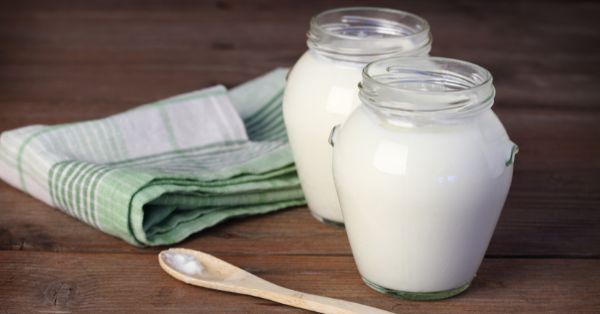Sidd
Staff
Junior
45 posts
"Sustainable dairy business."
Posted on 30. May 2023
, modified by
Sidd on 31. May 2023
I was recently browsing a popular dairy farmers forum on Facebook when I stumbled upon this question from a concerned farmer. She could not understand why the fresh milk she has just milked from the cow was forming lumps when she boiled it.
In the comments, people troubleshot the problem, raising concerns on hygiene, health of the cow, type of feed and stage of lactation of the cow. All these are probable causes to this problem and only a direct diagnosis can pinpoint the exact problem so that a proper solution can be implemented.
Some probable causes of this problem include:
- Sick animal: When the cow gets an infection, the body fights back by producing large amounts of white blood cells to fight the disease. The presence of high somatic cell count in milk leads to high neutrophil content which affects the protein net charge, leading to curdling when the milk is exposed to heat.
- Bacterial contamination: High bacterial load in milk increases the acidity in milk due to the activity of the bacteria, which increases the proneness to curdling. You can read the complex science how it happens here. High acidity in fresh milk can be attributed to high bacterial load due to infection (e.g. mastitis) or post-harvest contamination if the milking environment/equipment/person are not hygienic.
- Type of feed: Certain feeds like sweet potato vines can increase the likelihood of the milk curdling due to their high protein content. Protein imbalance in milk affects the isoelectric point of casein (milk protein) leading to clumping of casein. This is observed as curdling when the milk is heated.
- Stage of lactation: Milk composition is never constant during the different phases of lactation. The animal's body adjusts appropriately to produce the desired nutrients at the correct proportions. For instance, milk is very thick during early lactation because the animal is producing high protein content in milk (colostrum) to nourish the calf. Milk is more fluidy during peak production and then tappers off with high salt content towards the end of lactation. Milk from early and late lactation is likely to curdle when heated due to this phenomenon.
- Enzymatic activity: Some enzymes naturally present in milk can cause curdling when activated. This can happen if the milk is not properly stored and allowed to sit at higher temperatures for extended periods.
- Issue with hygiene: we have already alluded to this factor in point number 2 but I think it needs more emphasis. If you use improperly cleaned containers to hold and heat milk, the milk will be contaminated. The type of container used to hold the milk can also lead to spoilage if the material leaches into milk and causes an adverse reaction.
When you find yourself in a similar situation, here is how you can troubleshoot the problem:
- Evaluate the cow's health: Regularly check for mastitis. Perform regular tests to measure the pH level of the milk. If the acidity is high, investigate the cow's diet, as certain feeds can contribute to increased acidity. Consult with a veterinarian or nutritionist to adjust the cow's diet if necessary.
- Ensure proper milk storage: Implement proper milk storage practices to minimize exposure to temperature fluctuations. Store the milk in a cool environment and avoid sudden temperature changes. Refrigerate the milk as soon as possible after milking. Use certified food grade containers to store the milk.
- Maintain hygiene: Properly clean and sanitize all milking equipment, including storage tanks, milking machines, and utensils. Bacterial contamination can contribute to curdling. Follow recommended cleaning protocols and use approved cleaning agents. The milking person should be clean.
- Monitor milk handling practices: Train farm staff on proper milk handling techniques. Avoid excessive agitation or rough handling of the milk, as this can lead to curdling. Use gentle handling methods to prevent enzymatic activity and protein denaturation.
- Regularly test milk quality: Conduct routine quality tests to identify any potential issues before they become more significant problems. This can include microbiological, proximate and sensory tests. Identifying and addressing issues promptly will help maintain milk quality.
- Observe the milking calendar: Make sure you are not milking the cow during withdrawal periods.
- Seek professional advice: If the curdling issue persists despite troubleshooting efforts, consult with a dairy specialist, veterinarian, or agricultural extension service. They can provide specific recommendations based on their in-person diagnosis and farm's unique circumstances to identify any underlying issues.
By implementing these measures, a farmer can troubleshoot the curdling problem and work towards eliminating it, ensuring the production of high-quality milk on the farm.

For people, planet and profits.

